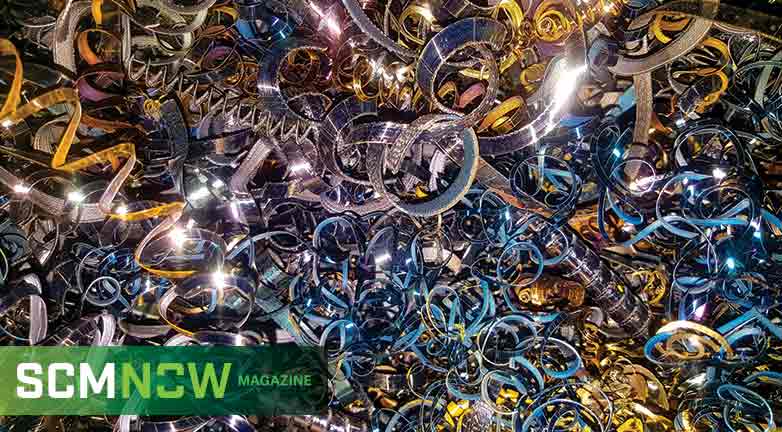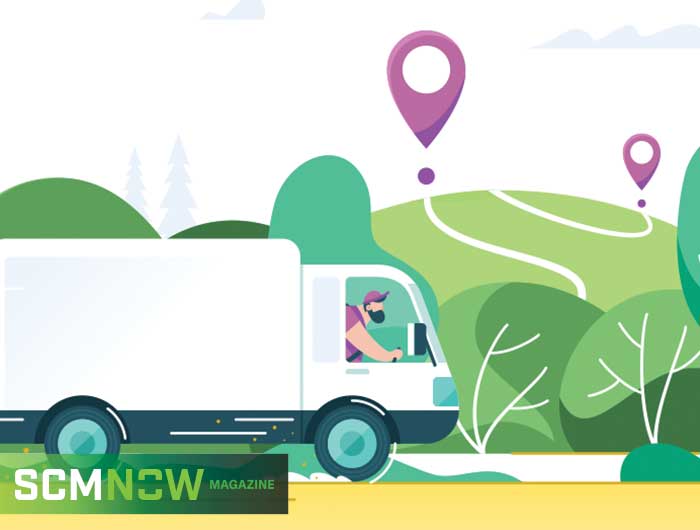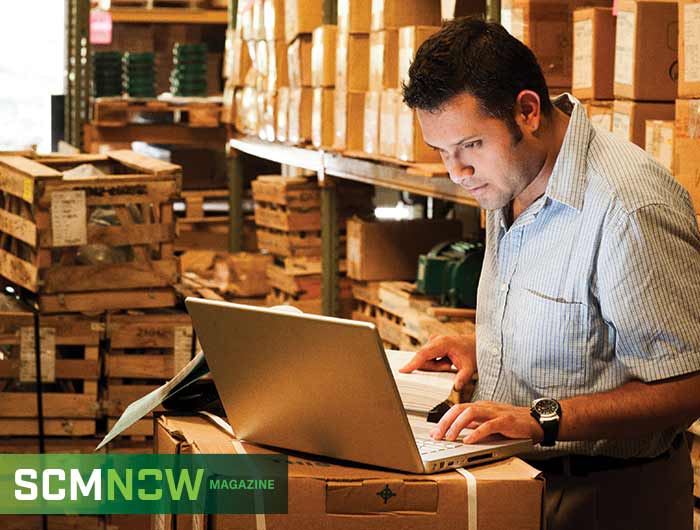Discarding, destroying and recycling unwanted products is an important part of any supply chain strategy. After all, just tossing old or unneeded materials is an ineffective and unsafe way to dispose of items that may contain your intellectual properly. To better handle this element of supply chain, look to obsolete destruction.
Obsolete destruction is the process of earmarking items to be destroyed and discarded, then documenting that these actions were properly executed. In terms of scope, almost any business — from retailers and restaurants to manufacturers — can benefit from obsolete destruction. The relevant types of items include any damaged, expired or surplus products or packaging associated with your brand, especially anything printed with your logo.
Businesses wanting to cut costs during trying times may wonder whether obsolete destruction is worth the additional expense and effort. However, failing to securely dispose of outdated goods and packaging can affect brand integrity if unscrupulous resellers market the defective products or sell the surplus inventory at a discount. An obsolete destruction investment also preserves the value of limited-time promotional items by preventing their resale on e-commerce platforms. Furthermore, the practice bolsters the value of new product launches by preventing the unauthorized sale of products from retired lines that could compete with the new items.
Of course, obsolete destruction also plays a pivotal role in boosting supply chain sustainability and can even provide an additional source of revenue. Much of the material in items scheduled for destruction has value as scrap commodities that can be recycled or sold. Reclaiming materials and reusing them on production lines and diverting materials from landfills also can increase the profitability of your business by reducing costs associated with production and waste disposal. Moreover, the practice of recycling materials shows stakeholders and customers that you prioritize sustainability, which enhances your reputation as an ethical business.
Note that, if you do plan to recycle materials, it’s important to understand where obsolete destruction takes place in your supply chain so that you can identify recyclables before they are inadvertently destroyed. For example, although most manufacturers destroy outdated inventory at the plant level, many restaurants and retailers rely on distribution centers to handle destruction. Before this point in the process, discarded content should be reviewed so that the recyclables can be separated for reuse or resale rather than sent to a landfill.
Eliminating unwanted inventory also can cut storage costs, particularly for companies that rent storage space. The potential to save on storage costs by freeing up space is an evergreen benefit of obsolete destruction.
Next steps
A certified obsolete destruction partner can help you achieve all of these benefits and more. However, it is important that you properly vet your vendors before using their services.
A major source of intellectual property theft occurs at docks, landfills and distribution centers where enterprising individuals keep an eye out for items with potential resale value. To prevent the wrong people from getting their hands on your unwanted goods, check the references and certifications of any company you plan to use for obsolete destruction. You also should request a step-by-step breakdown of their disposal processes as well as photos or videos of the processes.
It also is critical that your selected vendor provides you with certificates of destruction. These certificates provide proof that items have been destroyed and cannot be used for resale. These documents include the serial numbers and other identifying information about your products, so you can hold liable the vendor if your unwanted goods reenter the market. And if these items do make a surprise appearance, just cross-reference the information on the certificate of destruction to prove that they were not destroyed according to the terms of your agreement.
Even once you select a reputable vendor, it is important to perform periodic waste audits. Many businesses adopt a set-it-and-forget-it attitude. However, frequent staff turnover can erode practices over time. Waste audits ensure that your vendors consistently deliver high-quality services.
Many emerging technologies, including artificial intelligence and blockchain, promise to bring more traceability and value to the waste stream, enabling businesses to track unwanted goods at each point in the supply chain. But until these technologies are fully mature, it’s crucial to effectively identify the value in your waste products and ensure that unwanted goods are disposed of appropriately.
Learn how organizations can reach goals, improve results and be more competitive by accessing the ASCM Enterprise Certification for Sustainability Standards.



